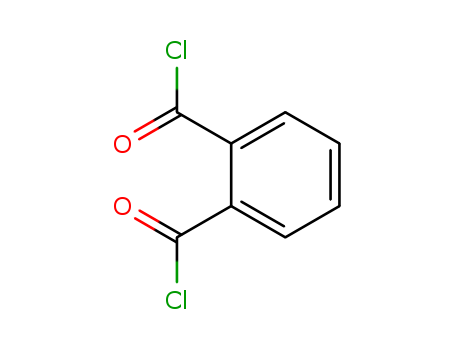10.1016/j.tet.2009.04.031
The research focuses on the synthesis and study of flexible amide ligands for metallo-supramolecular assemblies aimed at anion binding. The researchers synthesized seven flexible bidentate bis-pyridyl diamide and four monodentate pyridyl amide ligands containing central amide units. These ligands possess external metal coordinating pyridyl groups and internal amide functionalities, with the potential to bind anions. The bis-pyridyl ligands were prepared in one step from commercially available compounds, yielding moderate to good results. The study includes the crystal structures of six of the bis-pyridyl diamide ligands, revealing various hydrogen bonding networks and conformations. The chemicals that played a significant role in this research include nicotinoyl and iso-nicotinoyl chlorides, various diamines, phthaloyl chloride, 2,6-dimethylpyridine dicarboxylate, and different aminomethylpyridines. These compounds were used to create the ligands and study their properties in the context of metallo-supramolecular assemblies for anion binding.



 C
C


